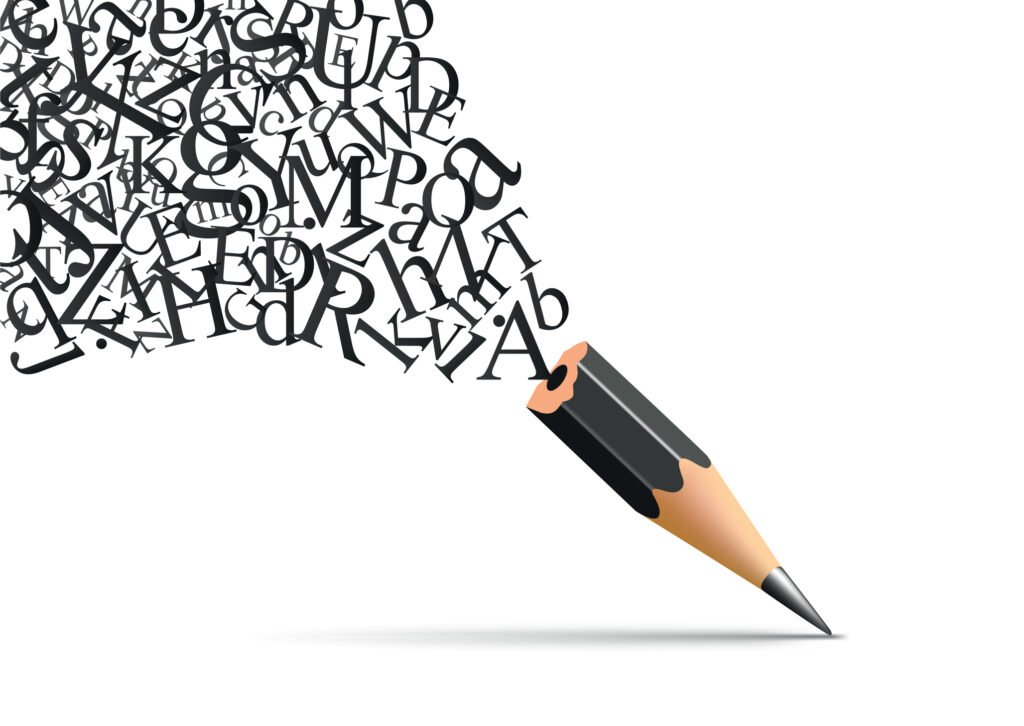
In grammar and writing, literary devices are techniques used by writers to convey their messages more effectively and creatively. These tools enhance the reader’s experience by adding depth, complexity, and layers of meaning to the text. Understanding and utilizing literary devices can elevate your writing, making it more engaging and impactful.
Defining Literary Devices
Literary devices are specific structures and techniques writers employ to add style, meaning, and clarity to their works. They help express ideas, evoke emotions, and connect with the reader. Literary devices can be found in various forms of writing, including poetry, prose, and drama.
Examples of Literary Devices
- Metaphor: “Time is a thief.”
Compares time to a thief, suggesting it steals moments from our lives. - Simile: “Her smile was as bright as the sun.”
Uses “as” to compare a smile to the sun’s brightness. - Alliteration: “She sells seashells by the seashore.”
Repeats the initial “s” sound to create a rhythmic effect. - Hyperbole: “I’m so hungry I could eat a horse.”
Exaggerates hunger to emphasize its intensity. - Irony: “A fire station burns down.”
Presents a situation that is opposite to what one would expect.
Characteristics of Literary Devices
- Enhance Meaning: Add layers of meaning to the text, allowing for deeper interpretation.
Example: “The world is a stage” (metaphor) implies that life is like a performance. - Evoke Emotions: Help to evoke specific emotions in the reader.
Example: “Her heart was a cold iron” (metaphor) suggests emotional coldness. - Create Imagery: Use vivid descriptions to create mental images.
Example: “The sky was a canvas painted with shades of pink and orange.” - Add Rhythm and Sound: Enhance the musical quality of the text.
Example: “Peter Piper picked a peck of pickled peppers” (alliteration).
Importance of Literary Devices
Literary devices are necessary because they:
- Engage the Reader: Make the text more exciting and engaging.
- Enhance Understanding: Help readers understand complex ideas and themes.
- Add Depth: Provide deeper layers of meaning and interpretation.
- Improve Style: Enhance the writer’s style and voice.
Using Literary Devices Effectively
To use literary devices effectively:
- Understand Each Device: Learn the definitions and purposes of various literary devices.
- Use Sparingly: Avoid overusing literary devices, which can overwhelm the reader.
- Match the Tone: Choose devices that match the tone and purpose of your writing.
- Enhance, Don’t Distract: Ensure that literary devices enhance the text rather than distract from it.
Examples of Effective Use of Literary Devices
- In Literature: “It was the best of times, it was the worst of times.” (Charles Dickens, “A Tale of Two Cities”)
Uses parallelism and contrast to highlight the contradictions of the era. - In Poetry: “Shall I compare thee to a summer’s day?” (William Shakespeare, Sonnet 18)
Uses a simile to compare a loved one to the beauty of a summer day. - In Prose: “The wind whispered through the trees.”
Personifies the wind to create a vivid and soothing image.
Common Pitfalls in Using Literary Devices
- Overuse: Excessive use of literary devices can make the text seem forced or artificial.
Balance literary devices with clear and straightforward language. - Misuse: Incorrect use of literary devices can confuse readers.
Ensure you understand the proper use of each device. - Clichés: Using overused literary devices can make writing seem unoriginal.
Strive for creativity and originality in your use of literary devices.
Literary devices are essential tools writers use to enhance their works’ meaning, style, and impact. By effectively understanding and utilizing these devices, you can add depth, creativity, and emotion to your writing. Whether in literature, poetry, or everyday writing, literary devices help to engage readers, convey complex ideas, and create memorable and impactful texts.






